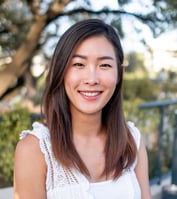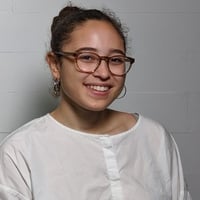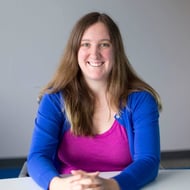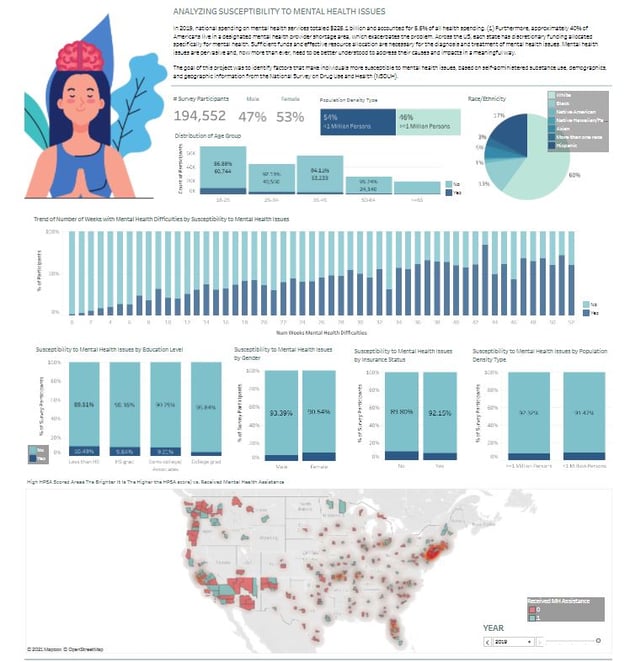-
Solution overview
Develop the technical skills that Fortune 500 enterprises and the public sector want.
-
U.S. Department of State (Cyber Advance for Women in MENA)
Build your skills and launch your career in Cybersecurity.
-
USAID Jordan (Tech for Jobs)
Increase your data analytics capabilities with this free program.
DS4A / Women Capstone Project Spotlight: Analyze the Susceptibility to Mental Health Issues
In this blog series, we're proud to shine a light on one of the top Capstone projects from the graduating class of Data Science for All / Women. Capstone projects are a critical component of the DS4A / Women curriculum in which teams get together to work on projects that solve real-world data challenges faced by today’s leading companies and public sector organizations.
Meet the Team
Chiu-Feng (Steph) Yap
Education: MPH in Epidemiology with Advanced Data Science certificate at the University of Texas Health Science Center

“I decided to pursue a career in Data Science in 2020 and I’ve been having fun learning ever since. I want to serve as the bridge between public health and data science to make meaningful social impacts. I joined DS4A / Women to make professional connections and explore new topics from other fellows. My post-program goal was to secure a job offer in the data science realm with a company whose vision is to better public health. I will be working as a data analyst in Austin starting in January 2022."
Michell Li
Education: Masters in Information Systems from Carnegie Mellon University

“I am currently a Business Intelligence Analyst at Instacart.
I joined DS4A / Women to learn from some of the top women in the field. I also wanted to connect with people with similar shared experiences and interests."
Margot Herman
Education: Bachelor’s in Computer Science from the University of Chicago

“I am a recent graduate with a degree in computer science and currently work as a software engineer at a startup.
I joined DS4A / Women as I have always been interested in data science and wanted to learn more about it and refine my skills."
Whit Brooks
Education: Bachelors in Mathematics from University of Illinois and an MBA from The University of Iowa

“I’m Whit and I am an SVP of Product Management at Wells Fargo who kind of stumbled into data science via a Twitter post from Teneika Askew.
I chose Correlation One for three reasons: 1) I was inspired by the commitment and actions taken to close the “talent gap” and funnel data professionals into the marketplace, 2) Flexible scheduling fit for busy students and professionals, and 3) the rave reviews from the alumni. I joined DS4A because I wanted to play a role in ushering in the next generation of leaders who leverage data to develop strategy + make decisions on the right work to do, as opposed to fear based decisions reacting to the whims of the highest paid person in the room and I wanted to listen better. Sound analytics help us to understand a customer's experience so we can create products and experiences that either take a good experience to the next level, or prevent pain points.
Cat Greenman
Education: Bachelor’s in Computer Science from Columbia University

"I am a senior data engineer with a passion for building and refining large-scale systems.
DS4A / Women was an excellent opportunity to connect with other female data professionals As a data engineer, I wanted to hone my skills on the data science side
About the Project: Analyze the Susceptibility to Mental Health Issues
Across the US, each state has discretionary funding allocated specifically for mental health. Sufficient funds and effective resource allocation are necessary for the diagnosis and treatment of mental health issues. Mental health issues are pervasive and, now more than ever, need to be better understood to address their causes and impacts in a meaningful way.
Click to read the datafolio
Read the presentation of this capstone project
What was the most exciting/surprising finding from your project?
We found that self perception of health (both physical and mental), age, and gender were statistically significant indicators of one’s susceptibility to mental health issues.
In addition, when Margot from our team discovered the mental health grant funding dataset, we were excited to visualize the disparity between areas needing mental health resources the most and where funding was actually allocated.
What were some challenges you faced and how did you overcome them?
It was hard for us to find datasets that are compatible and could provide meaningful insights for our analysis, especially given the short timeframe.
Who is your team's teaching assistant and how did they help?
We want to give a big shout out to our amazing teaching assistant, Kessie Zhang, who we relied on a lot for guidance and feedback.
What do you view as the impact of your project?
Using geospatial data, we were able to clearly show the disparity between resource allocation and resource deficient areas over time. Our dashboard can be used by mental health organizations to make funding more equitable. Furthermore, our statistical analysis corroborates existing research papers and provides direction for further analysis as well.

.png?width=207&height=108&name=Mega%20menu%20%E2%80%93%20Featured%20Image%20Template%20(1).png)




